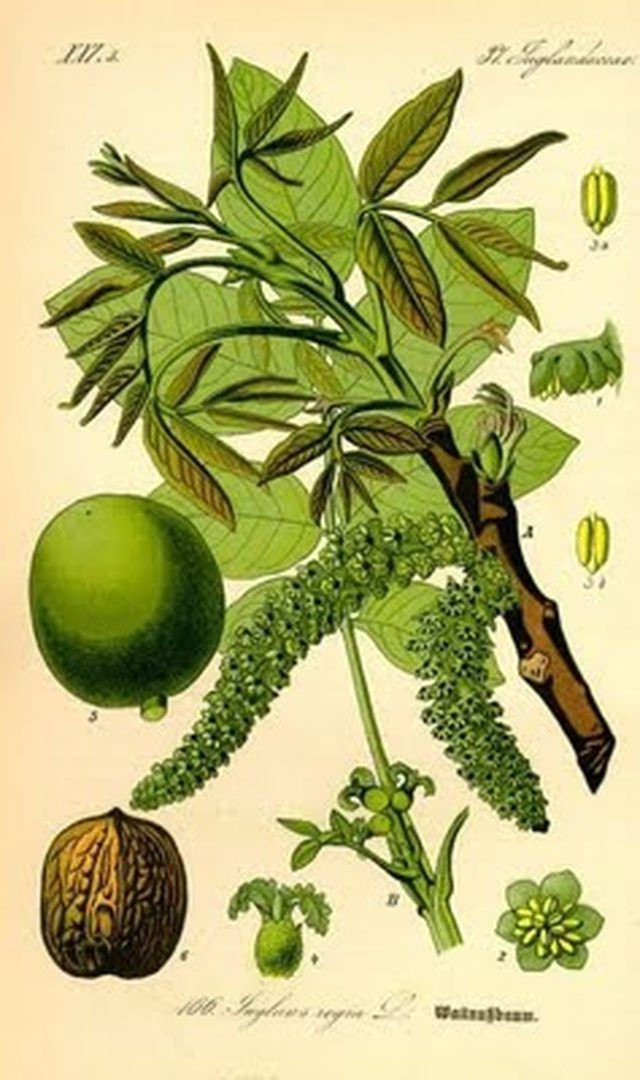Bulbs
Flower Basics
Flower Beds & Specialty Gardens
Flower Garden
Garden Furniture
Garden Gnomes
Garden Seeds
Garden Sheds
Garden Statues
Garden Tools & Supplies
Gardening Basics
Green & Organic
Groundcovers & Vines
Growing Annuals
Growing Basil
Growing Beans
Growing Berries
Growing Blueberries
Growing Cactus
Growing Corn
Growing Cotton
Growing Edibles
Growing Flowers
Growing Garlic
Growing Grapes
Growing Grass
Growing Herbs
Growing Jasmine
Growing Mint
Growing Mushrooms
Orchids
Growing Peanuts
Growing Perennials
Growing Plants
Growing Rosemary
Growing Roses
Growing Strawberries
Growing Sunflowers
Growing Thyme
Growing Tomatoes
Growing Tulips
Growing Vegetables
Herb Basics
Herb Garden
Indoor Growing
Landscaping Basics
Landscaping Patios
Landscaping Plants
Landscaping Shrubs
Landscaping Trees
Landscaping Walks & Pathways
Lawn Basics
Lawn Maintenance
Lawn Mowers
Lawn Ornaments
Lawn Planting
Lawn Tools
Outdoor Growing
Overall Landscape Planning
Pests, Weeds & Problems
Plant Basics
Rock Garden
Rose Garden
Shrubs
Soil
Specialty Gardens
Trees
Vegetable Garden
Yard Maintenance
English Walnut Tree Diseases
English Walnut Tree Diseases. The English walnut tree, popular because of its delicious nut, is also grown as an ornamental and because its spreading limbs are good for shade. Four principal diseases are associated with the English walnut: Walnut blight, Walnut leaf blotch, Blackline, and Walnut husk fly.

The English walnut tree, popular because of its delicious nut, is also grown as an ornamental and because its spreading limbs are good for shade. Four principal diseases are associated with the English walnut: Walnut blight, Walnut leaf blotch, Blackline, and Walnut husk fly.
Walnut Blight
Walnut blight is infection by the bacteria Pseudomonas juglandis or Xanthomonas campestris pv. Juglandis. Walnut blight causes black spots on the leaves and blotches and holes on the nuts. It can also kill shoots. When the male catkins (a drooping cluster of blooms) are affected, the nuts can suffer heavy damage. It does the most damage in cool and wet weather around flowering time. Walnut blight mainly affects young growth and nuts.
A soil pH above six helps prevent Walnut blight. Pruning to allow good aeration and avoiding excessive wetness and nitrogen also helps.
Damaged parts should be cut and burned. A fungus fighting Bordeaux mixture, a mix of finely ground lime and powdered copper sulfate, available commercially, may be applied.
Walnut Leaf Blotch
The fungus popularly called Walnut anthracnose aka Marssonina juglandis, Gnomonia leptostyla, or Marssonella juglandis, causes nuts to turn black then fall. It causes brown blotches on nuts and leaves, a large number of which fall.
Leaf blotch spreads usually spreads in May and early June during wet weather. Since it survives over the winter on leaf litter, fallen leaves should be burned. A Bordeaux mixture can sometimes help fight leaf blotch.
Blackline
Blackline is a viral disease that gradually kills the top of walnut trees and causes a proliferation of shoots growing from their roots. It is common to the San Francisco Bay Area, northern California, and parts of Oregon.
It is impossible to control black line, but the dead top should be removed and three or four suckers developed for a new canopy.
Walnut Husk Fly
The small, colorful Walnut Husk Fly spends most of its life underground, emerging in the summer to lay eggs in the hulls of maturing walnuts. The eggs, about 15 in each hull, turn into maggots. The maggots feed in inside the walnut from three to five weeks. When they are mature, they're yellow with black mouths and are about a quarter of an inch long. They drop to the ground and burrow into the soil to start another cycle
The hulls can turn black, mushy. The meat can fail to grow or become moldy. Sometimes the shell will be stained but the nut is still good to eat.
Dispose of infected hulls in a sealed bag. GF-120 and Sinosad (Monterey Garden Insect Spray and other brand names) are both used to kill the Walnut Husk Fly. They ordinarily mixed with molasses to form a bait that is sprayed onto trees.
Notes
In California, commercial growers may use GF-120; home users are restricted to Spinosad.